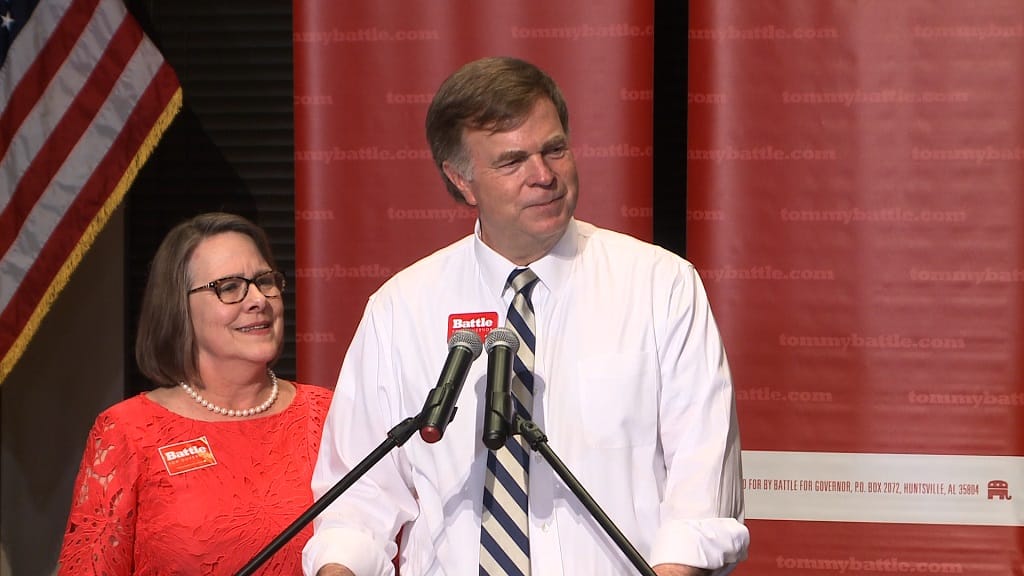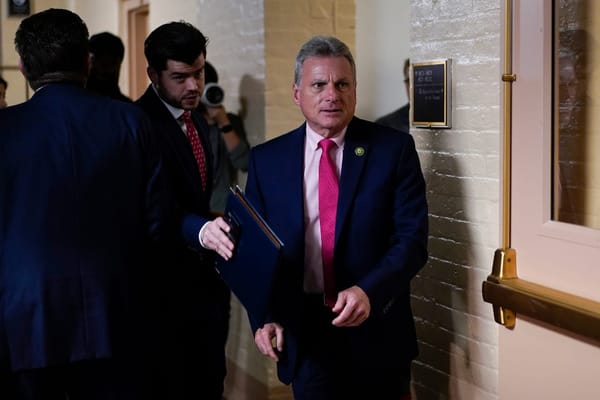Community Broadband Networks: Huntsville, Alabama, Shows Benefits of Dark Fiber Networks
Huntsville Utilities has constructed a fiber network to nearly every residence and business but not directly connected the properties.
Sean Gonsalves

This is the first of a six-part series, “Six Community Broadband Networks Demonstrate Diversity of Approaches to Connectivity Challenges,” by Christopher Mitchell, Sean Gonsalves and Jericho Casper of the Institute for Local Self Reliance’s MuniNetworks.org. See below for more information about the series.
In July 2021, BroadbandNow ranked Alabama 38th out of 50 states in broadband connectivity. Although the Federal Communications Commission’s data is known to overstate broadband deployment, there is no other source of data in most states. According to an ILSR analysis of the most recent FCC broadband deployment report (based on December 2019 data), 9 percent of Alabama households do not have access to broadband with speeds of at least 25/3 megabits per second (Mbps); 18 percent of households do not have access to broadband with speeds of 100/20 Mbps; and 64 percent of households cannot access broadband with symmetrical speeds of 100 Mbps. Nearly 40 percent of those lacking access to at least 25/3 Mbps are covered by providers that have been awarded FCC subsidies to improve access via the Connect America Fund Phase II Auctions and the Rural Digital Opportunity Fund.
Alabama is one of 17 states that limit competition with barriers on municipal networks. After years of the state refusing to allow the city of Opelika to offer broadband services outside of its city limits, Opelika had to privatize its fiber network in the hopes of improving the region’s economic development.
Alabama is also home to extensive efforts by rural electric cooperatives to improve internet access, with a total of nine active rural electric cooperative broadband projects. Examples include freedom FIBER, operated by Tombigbee Electric Cooperative, and the North Alabama Electric Cooperative, among others.
Huntsville is one of several communities which own a municipal broadband system in Alabama. Others include the city of Sylacauga which offers wireless internet access across the community and fiber-to-the-home service to a substantial number of households. Scottsboro also offers internet access over an older cable network for residential service and has fiber-optic service available to businesses.
Huntsville
Huntsville, known as “Rocket City,” is the anchor of a metro population with nearly 500,000 people, an inordinate number of PhDs, and an impressive fiber network. Huntsville Utilities, owned by the city of Huntsville, serves Madison County with electricity, natural gas, and water. In 2016, the utility deployed a fiber network that served mostly those within the city’s boundaries.
Huntsville Utilities has adopted an uncommon approach, constructing a fiber network to nearly every residence and business in the city but not directly connecting the properties. Broadband internet access service providers can lease that fiber and attach customers to it, in a business model that is quite similar to open access but retains more barriers to entry than are typical with open access networks.
The first broadband internet access service provider to take advantage of Huntsville’s approach was Google Fiber, which has built a reputation for trying interesting arrangements like this and a conduit partnership in West Des Moines, Iowa. Google’s lease pays for a substantial portion of the cost of Huntsville’s network deployment, but not all of it. From the perspective of Huntsville Utilities, it gets a lot of help in paying for a citywide fiber network that it can use for many purposes, from internal monitoring of its various utilities to smart city applications. Springfield, Missouri, has since adopted this model, whereby Lumen (previously CenturyLink) competes against Mediacom, the cable incumbent, and AT&T, the telephone incumbent.
Community-led broadband networks are often assumed to be needed in areas that lack decent internet access. But Huntsville had cable and DSL and a small amount of fiber broadband service in some areas prior to the Huntsville Utilities effort. The issue was a lack of competition in the market to ensure reasonable rates, reliability, good customer service, and future investment. When announcing the network, Mayor
Tommy Battle focused on the future, saying, “If Huntsville is to remain a technological leader in this hyper-connected global world, we must be able to offer broadband access that can accommodate the growing demands of business, research institutions, entrepreneurs, residents, and public safety.”
As the city starts to take advantage of the completed network, with the pains of building it behind them, we asked whether it has been worth it. Stacy Cantrell, vice president of engineering at Huntsville Utilities, says, “We would do this again. This has been good for Huntsville Utilities; it’s good for Huntsville and the area. We’re going to continue to see more and more benefit from this now that the build is substantially complete.”
BroadbandNow rates Huntsville as the most connected city in the entire state.
More information:
- Exploring the Huntsville Fiber Model—Episode 191 of the Community Broadband Bits Podcast (Institute for Local Self-Reliance)
- Dark Fiber Will Bring Value to Huntsville for Decades to Come—Episode 433 of the Community Broadband Bits Podcast (Institute for Local Self-Reliance)
Editor’s Note: This is one of a six-part series, “Six Community Broadband Networks Demonstrate Diversity of Approaches to Connectivity Challenges,” by Christopher Mitchell, Sean Gonsalves and Jericho Casper of the Institute for Local Self Reliance’s MuniNetworks.org. It was originally published by the Benton Institute for Broadband & Society, and is reprinted with permission.










Member discussion